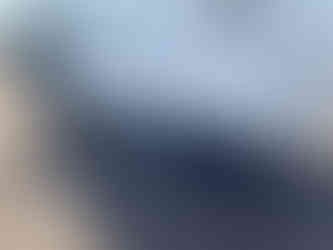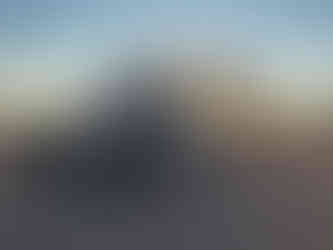Hello Africa
- Mark
- Oct 4
- 2 min read
With Charlie (our 4x4 camper) still in the shop waiting on repairs, I thought I would go back to the beginning, to when our African adventures began - May 2024.
From Windhoek to the Red Dunes of Sossusvlei
After months of planning, we finally touched down in Namibia - landing in Windhoek, a city that sits high on the central plateau and feels like both a frontier town and a modern capital. From there, we made our way west to Walvis Bay, the windswept port on the Atlantic coast, to reunite with Charlie, our faithful Fiat Ducato 4x4 camper.
But Charlie hadn't faired well on the long sea journey. Dented and damaged with a few mechanical surprises meant our first days weren't about wild adventures, but wrenches and repairs. For two solid weeks, Windhoek became our workshop: parts scavenged, bolts tightened, systems coaxed back to life. Only once Charlie was road-ready did we finally set out south - toward one of Namibia's most iconic landscapes: Sossusvlei.
Sossusvlei: Land of Red Dunes and Ancient Secrets
Sossusvlei sits within the Namib-Naukluft National Park, one of the largest conservation areas in Africa. The name "Sossusvlei" means dead-end marsh in Nama, because this is where the Tsauchab River dies, swallowed by towering sand dunes.
The dunes here are among the tallest in the world, some rising over 300 meters (nearly 1,000 ft), their crests glowing red at sunrise and sunset thanks to the iron in the sand. These sands are ancient - up to 5 million years old - blown inland from the Atlantic and sculpted by relentless winds.
Among the highlights:
Deadvlei: a haunting white clay pan where 900-year-old camelthorn trees stand as blackened skeletons against the cracked earth and red dune walls.
Dune 45: perhaps the most photographed dune in the world, it's elegant ridge catching the first light of dawn.
Big Daddy: the tallest dune in the area, offering staggering views if you brave the climb.
Beyond the dunes, Sossusvlei tells stories of survival. Oryx, springbok, ostrich, and jackels move silently across the desert, while tiny beetles and geckos have adapted ingenious ways to capture water from the morning fog. It's a reminder that even in the harshest landscapes, life persists.
Our Journey South
Driving into Sossusvlei felt like stepping into another planet - endless horizons of red and ochre, skies so wide they seem to press against the earth. After weeks of grease-stained hands and workshop frustrations, the silence of the desert was our first real breath of freedom in Africa.



























